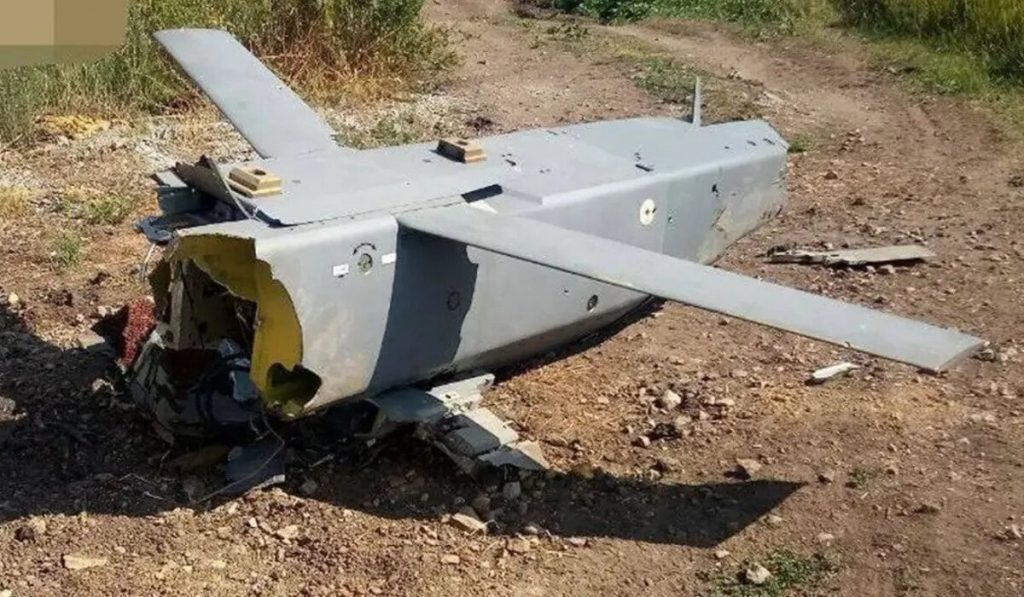Russian social media posts display photos of a British missile called “Storm Shadow” that has been captured, although it is partially damaged. These missiles are among the most advanced ones and were given by Britain to Ukraine. It would be a significant achievement for Russian military intelligence to obtain even one of these missiles, even if it is mostly destroyed.
Ukrainian Su-24 jets, known as “Fencers,” launch these missiles using modified pylons from retired RAF Tornados. These missiles are believed to be Ukraine’s longest-range offensive weapons at the moment.
The images of the downed “Storm Shadow” suggest that it might have malfunctioned or been shot down by the enemy. Although the rear part of the aircraft remains intact, the BROACH penetrating tandem warhead and other important components are nearby.
The United Kingdom recognized the potential danger of Russia acquiring a “Storm Shadow,” but they decided to supply them to Ukraine because they believed the benefits outweighed the risks. These missiles are likely being used to target heavily fortified objectives deep within Russian-controlled territory. Therefore, losing some due to enemy fire or malfunction is inevitable.
The “Storm Shadow” missile is designed to be difficult for enemy air defenses to detect, especially from the front. Its construction materials and design principles are notable, as well as its warhead design. While its engine may have some intelligence value, the main focus is on its advanced electronics, particularly its targeting system.
The missile’s navigation system relies on GPS/INS and terrain reference, but during the final stage of its flight, it uses a high-resolution imaging infrared (IIR) seeker with automatic target recognition (ATR). The system compares the images it captures with stored imagery in its memory to accurately locate and attack the target during its final approach.
More importantly, this system operates autonomously, without the need for human intervention, and it is highly accurate. It can also avoid mistakenly attacking the wrong target and is resistant to radio frequency jamming and other forms of electronic warfare.
If the intact sensor, along with its onboard electronics and software, is recovered, it could provide valuable information about the missile’s capabilities and targeting methods. This could help identify any potential weaknesses and provide insights to advance Russian missile systems, according to experts.

